The Digital Smile Design (DSD) protocol developed by Dr Christian Coachman is an important part of daily work at our practice. It is an integral way of viewing the patient that clearly improves the quality of the treatment planning, as well as the functional and the aesthetic results. An important aspect of the DSD concept is that the patient is shown what his or her smile will look like after treatment in an emotive presentation. In this manner, we can easily convince the patient to accept the proposed treatment plan and encourage him or her through the perfect, immediate facial integration of the mock-up.
The DSD is a multipurpose conceptual protocol described in great detail by Dr Coachman and available on his website; therefore, in this article, I will not present the DSD protocol, but will focus on my personal experiences with this concept. Based on my observations, I wish to suggest a new procedure for capturing the frontal photographs. In addition to general examination, choosing the initial photograph is essential, because the DSD process starts from this point.
Steady head position
First of all, it is necessary to observe how the patient speaks, smiles and interacts with his or her head. It is important to note the line joining both eyes. I often see that both eyes are not on the horizontal line. These parameters should be taken into consideration for future measurements. One needs to check the parameters again in the case of treatment for cranio-mandibular dysfunction.
embedImagecenter("Imagecenter_1_1984",1984, "large");
I use the slit-lamp stand (used by ophthalmologists) to hold the patient’s head in the optimal 3-D position because it keeps the patient’s forehead and chin perfectly still. I have learnt that this procedure is more convenient for taking the patient’s measurements during the workflow (Figs. 1a & b).
I use frontal photographs for the mock-up for the treatment plan presentation, after preparation, for measurements for the dental technician, the digital bite impression, as well as the verification from mock-ups and all tests, including the final result.
In the following, I will present my practical work with the DSD concept in different cases without discussing the smile design process in detail. I can confirm that the digital workflow is very helpful in all steps and cases of aesthetic treatment, because it saves time and yields better results in horizontal/vertical plans without extensive corrections.
Case presentation
The four cases illustrate a new method of capturing frontal photographs.
The first case demonstrates the preparation of six IPS e-max crowns (Ivoclar Vivadent) on teeth #13–23 (Figs. 2–7). The second case presents the mock-up for the treatment plan presentation for a patient with cranio-mandibular dysfunction (Figs. 8–10). The third presents full-arch restoration with Zircon/IPS e-max crowns in the upper jaw (Figs. 11–14). The last case shows the mock-up in a patient with chronic periodontitis (Figs. 15–19).
Conclusion
In this short article, I have presented a new method of capturing the frontal photographs used in the DSD protocol from Dr Coachman. These changes can help standardise the photographs captured in the various steps of the DSD process and can enhance treatment quality.
The DSD concept is convenient for the patient and all members of the treatment team.
Editorial note: A complete list of references is available from the publisher. This article was published in cosmetic dentistry_beauty & science – international magazine of cosmetic dentistry No. 02/2015.
Modern trends in cosmetic dentistry and media coverage of smile makeovers have increased public awareness of dental aesthetics. People now know that smile ...
MANGALORE, India: Digital smile design has begun employing artificial intelligence (AI), raising questions about the quality and acceptability of ...
Achieving a successful outcome in aesthetic dentistry can be a formidable challenge for all dental practitioners, regardless of their experience level. The ...
The fabrication of restorations has entered a new technological age, moving from 2-D to 3-D. Restoration design—whether it is a framework, full-mouth ...
The communication between dentist and patient is important, especially in cases of partial or complete aesthetic restoration in the anterior (smile ...
Import and adaptation of images: after having acquired the video frames that statistically capture the dynamic phases of the smile and after having imported...
The concept of aesthetics has been explored by various authors and discussed by eminent philosophers. While their definitions are subjective, they all agree...
There has probably never been a better time to practise dentistry. However, dentists and patients are being bombarded with images of beautiful smiles and, ...
Dental facial aesthetics can be defined in three ways. Traditionally, dental and facial aesthetics have been defined in terms of macro- and micro-elements. ...
Today’s patients expect restorations that not only function properly, but are also highly aesthetic. Unlike some years ago, different media outlets ...
Live webinar
Mon. 12 January 2026
9:00 am EST (New York)
Prof. Judith Jones D.D.S; M.P.H., Prof. Kakuhiro Fukai D.D.S., Ph.D, Dr. Bathsheba (Bethy) Turton
Live webinar
Wed. 14 January 2026
12:00 pm EST (New York)
Dr. Théo Laplane, Dr. Robert Gottlander DDS
Live webinar
Fri. 16 January 2026
12:00 pm EST (New York)
Live webinar
Mon. 19 January 2026
1:00 pm EST (New York)
Philipp Kopp, Michael Seeber
Live webinar
Thu. 22 January 2026
2:00 pm EST (New York)
Dr. Nicola M. Grande DDS, PhD
Live webinar
Wed. 28 January 2026
8:00 am EST (New York)
Live webinar
Wed. 28 January 2026
11:00 am EST (New York)
Prof. Dr. Jan-Frederik Güth



 Austria / Österreich
Austria / Österreich
 Bosnia and Herzegovina / Босна и Херцеговина
Bosnia and Herzegovina / Босна и Херцеговина
 Bulgaria / България
Bulgaria / България
 Croatia / Hrvatska
Croatia / Hrvatska
 Czech Republic & Slovakia / Česká republika & Slovensko
Czech Republic & Slovakia / Česká republika & Slovensko
 France / France
France / France
 Germany / Deutschland
Germany / Deutschland
 Greece / ΕΛΛΑΔΑ
Greece / ΕΛΛΑΔΑ
 Hungary / Hungary
Hungary / Hungary
 Italy / Italia
Italy / Italia
 Netherlands / Nederland
Netherlands / Nederland
 Nordic / Nordic
Nordic / Nordic
 Poland / Polska
Poland / Polska
 Portugal / Portugal
Portugal / Portugal
 Romania & Moldova / România & Moldova
Romania & Moldova / România & Moldova
 Slovenia / Slovenija
Slovenia / Slovenija
 Serbia & Montenegro / Србија и Црна Гора
Serbia & Montenegro / Србија и Црна Гора
 Spain / España
Spain / España
 Switzerland / Schweiz
Switzerland / Schweiz
 Turkey / Türkiye
Turkey / Türkiye
 UK & Ireland / UK & Ireland
UK & Ireland / UK & Ireland
 Brazil / Brasil
Brazil / Brasil
 Canada / Canada
Canada / Canada
 Latin America / Latinoamérica
Latin America / Latinoamérica
 USA / USA
USA / USA
 China / 中国
China / 中国
 India / भारत गणराज्य
India / भारत गणराज्य
 Pakistan / Pākistān
Pakistan / Pākistān
 Vietnam / Việt Nam
Vietnam / Việt Nam
 ASEAN / ASEAN
ASEAN / ASEAN
 Israel / מְדִינַת יִשְׂרָאֵל
Israel / מְדִינַת יִשְׂרָאֵל
 Algeria, Morocco & Tunisia / الجزائر والمغرب وتونس
Algeria, Morocco & Tunisia / الجزائر والمغرب وتونس
 Middle East / Middle East
Middle East / Middle East
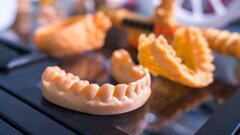
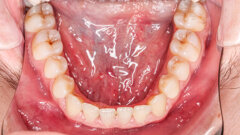

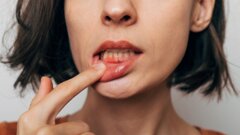




















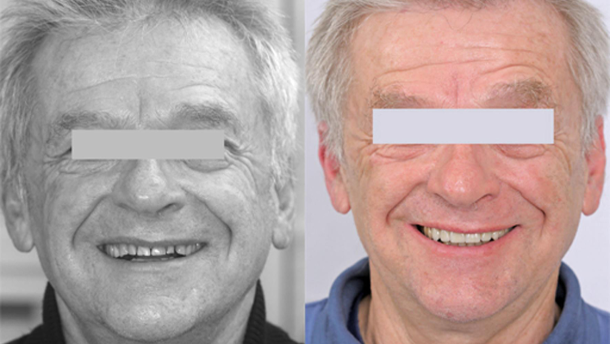



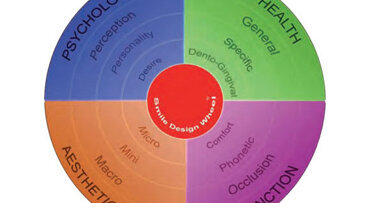
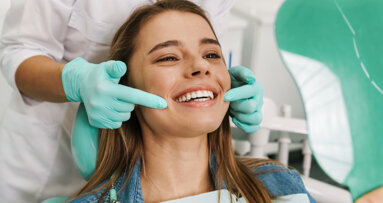
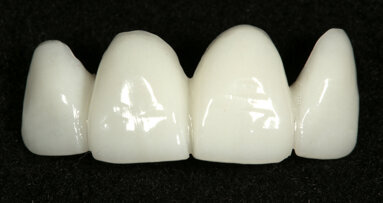
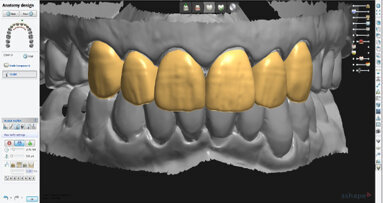
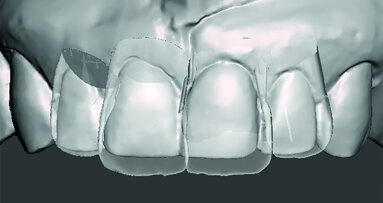
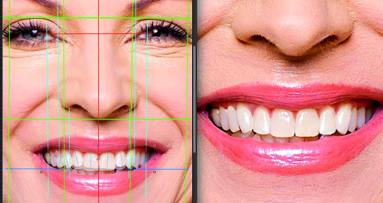
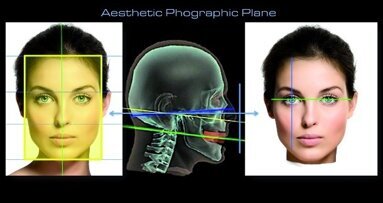
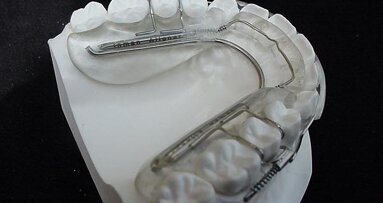
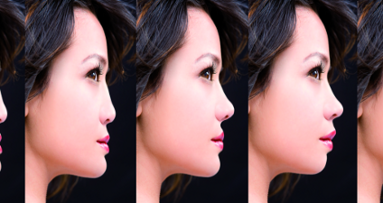
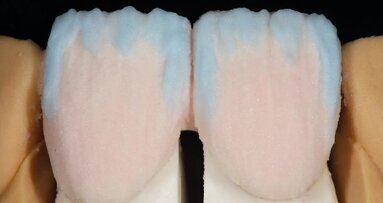










To post a reply please login or register